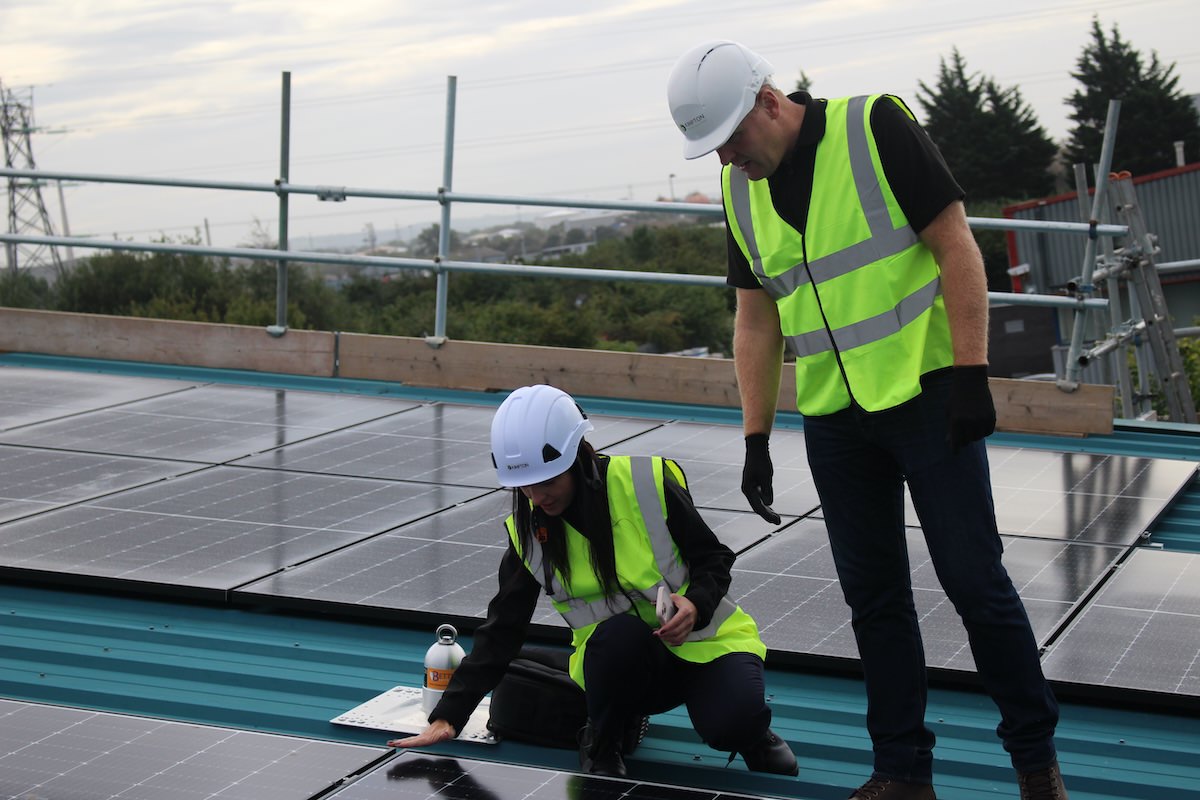
The rules for commercial property EPC ratings changed in 2018, Under the Government Pledge to reach net-zero by 2050, new rules were introduced for Minimum Energy Efficiency Standards (MEES).
These are NOT guidelines but legally enforceable standards that are now directly affecting property values and having an impact on whether they can be sold or let or are a potential Albatross around your neck.
If your building did not reach an EPC rating of E or above by April 2023 and is let to tenants, it has become an offence to CONTINUE to let it, grant a new lease, or even renew the existing lease.
Failure to obtain an EPC at all for a commercial building can result in huge fines as high as £150,000. The specific amount is usually set as a percentage of the property’s rateable value and is subject to a minimum and maximum cap.
But, even with an EPC rating in place, if it doesn’t meet the current minimum standards, it cannot be let or sold to an occupier, only a developer or investor who is prepared to make the required improvements to bring it back up to standard.
We are seeing this with the scale of the commercial fit-out projects we are undertaking across the north-west, which ALL have some level of decarbonisation involved. This may involve improvements to energy provision, insulation, glazing, heating or lighting, but all have a focus in achieving an improved EPC rating to make it available for let or sale.

Under the current rules, a building needs to have achieved a rating of ‘E’ or above by April 2023. This bar is then raised in April 2027 when it needs to achieve a ‘C’ rating. And, before April 2030, it needs to reach a ‘B’ rating.
With this stepped programme coming at landlords all too fast, you can see how and why the value of property will be directly affected. If they are going to fall short of current or future standards, without significant improvements, their price will be significantly depressed.
A building that is too low a standard to be let, without improvements, will still be liable for business rates but can’t generate a conventional letting income to cover those costs.
This inevitably means there will be a rush for improvements as deadlines approach. So, if you do own your property and are letting it or thinking about selling, the time to start preparing for the new EPC rating is now.
In this article we show you in very simple terms what are the five quick wins that need to be explored, in order to improve your commercial EPC rating.
As a clue one interesting set of numbers is that of heat loss from a building. It’s probably the biggest single factor in getting the EPC rating down. Heat loss from walls and roofs is significant. In this study from Resurgence, they show the average loss as follows:
So, if you cut the losses first, then cut the power requirement by switching to LED lighting and more efficient heating, you are already most of the way there.
Easy in principle, but time consuming and potentially expensive on large scale commercial premises.
If you would like to discuss any of our services, please call 0151 343 1963 or complete the form below and we will be in touch shortly.